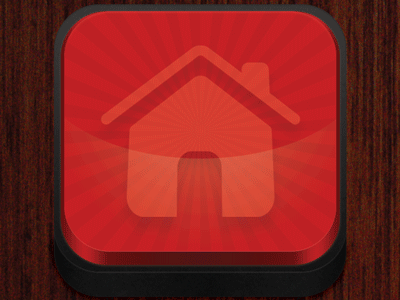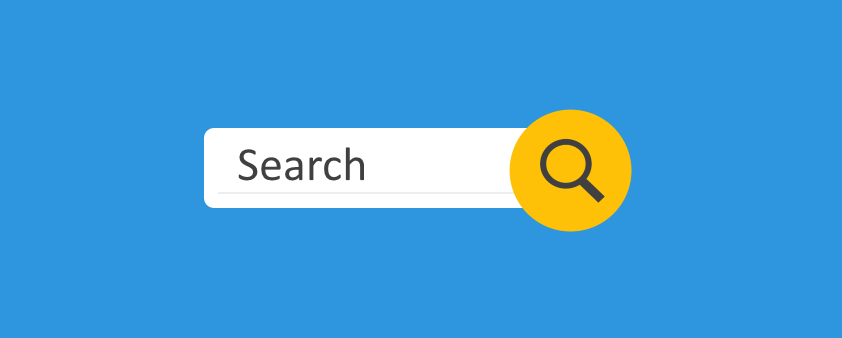

When a user visits your page, the first thing they see is the top. Your user data will tell you a lot about how your users interact with your site and whether or not you should rethink your scrolling configuration. You can also trim scrolling with simple buttons that say “Scroll for More” or “See More.” Allow users to decide whether or not they want to keep going, and your pages will not only load more quickly, but human curiosity is going to get users to click for more quite often. Let your content dictate your scroll length. This method works for social media – especially on mobile platforms – because there is simply too much content to digest in a single page, and attempting to fit every bit onto individual pages would be both impractical and unengaging. The basic function of scrolling is to allow users to digest as much or as little of your content as they wish, so it’s important to tailor the experience to your offerings.Įxtremely content-rich sites may want to investigate infinite long-scrolling. The type of scrolling you use on your website should depend on your content. Parallax scrolling in website design really shines when you can work in scroll-triggered animations.
The foreground and background would move at different speeds, creating a visual sensation of depth. Older 8-bit and 16-bit games such as Sonic the Hedgehog, Mega Man, and Super Mario Bros were often called “side-scrollers.” This is because the player moved from left to right to complete a stage, and depth was created with motion. Parallax Scrolling Example: Braking Badly Older video games that took place in two-dimensional environments didn’t have the technology to create the vast, three-dimensional, hyper-realistic environments seen in recent games. Video game enthusiasts are going to feel right at home with parallax scrolling. If you believe that infinite scrolling would work well with your site’s content, then you should investigate sticky navigation, a toolbar or set of buttons that allow users to quickly jump back to the top or to specific areas. The only drawback to this is that users will be very frustrated with losing their place. This allows users to continuously browse fresh content. Most social media, such as Facebook, Tumblr, and Imgur are all configured for infinite scrolling. With an infinite scrolling setup, you essentially create a rhythm. Infinite Scrollingįor sites that offer extremely dense amounts of content, there may be too much to load onto a single page at once. This is great for sites that don’t want to convert to a single page due to SEO concerns. Alternatively, you can set up your scrolling so when a user reaches a certain point, the static content shifts to a new section. Rather than have the entire page scroll, a fixed long-scrolling configuration keeps some content static while other content scrolls. Websites with multiple pages tend to fare better in terms of SEO. Many sites opt for a single page with long-scrolling, but one major disadvantage to this configuration is it may hurt your site’s SEO. The Boat is a fantastic example of long-scrollingĪs a user scrolls, they can absorb more of the story in a natural way, offering a more immersive browsing experience. This offers a smooth, linear browsing experience to users, and naturally lends itself to storytelling. The advantage to long-scrolling is you can create a single page of seamless content. There are four basic types of scrolling: 1. When deciding on which method to employ, think about how it will interact with the content you provide. Types of Scrollingĭepending on your brand image and customer base, the type of scrolling you should feature on your website is going to vary.

GOOGLE WEB DESIGNER IMAGE BUTTON HOW TO
Users quickly learn how to swipe to reach the bottom of a page quickly, or slowly to get to the next relevant piece of content. Swiping a finger is a simple, easy, yet precise motion.

Scrolling is also naturally attractive on mobile devices. Couple this concept with scrolling and you can provide users with a seemingly endless content stream. Tiled design is the idea of creating bite-sized pieces of content (which are usually interactive links to more detailed content) for quick and efficient browsing. Designers must fit a great deal of content onto relatively small screens, necessitating some measure of scrolling. This is especially true now in light of the fact that mobile device users outnumber desktop users. Websites are more robust and content-rich than ever before, and thusly designers have conceived new ways of filling a screen with information without overwhelming users.
GOOGLE WEB DESIGNER IMAGE BUTTON DOWNLOAD
Download Now Complexity Demands Simplicity


 0 kommentar(er)
0 kommentar(er)
